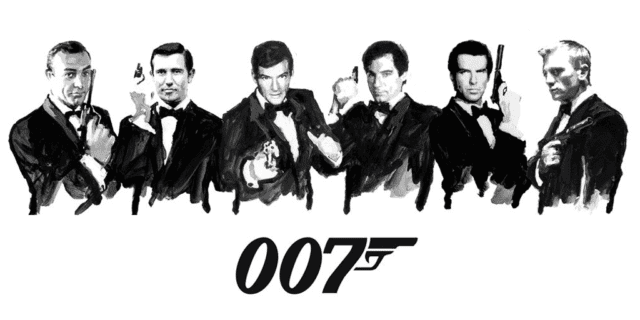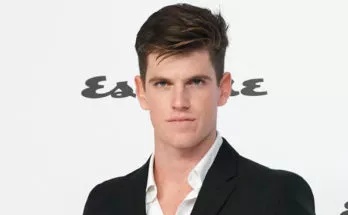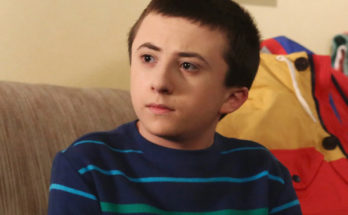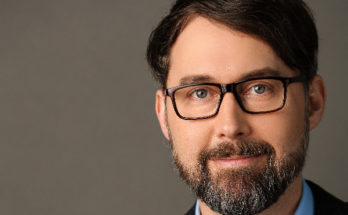Quick Facts
| Net Worth | Not Known |
| Salary | Not Known |
| Height | Not Known |
| Date of Birth | Not Known |
| Profession | Actors |
For many years, James Bond has come to represent the best of the British film industry with it being one of the longest-running film series in history with twenty-six parts produced in total and a few more scheduled. The fictional character was created by English author, journalist, and former naval intelligence officer Ian Flemming in 1952. It first appeared in Fleming’s series of novels before being adapted to the screen.
Actors like Sean Connery, David Niven, George Lazenby, Roger Moore, Timothy Dalton, and Daniel Craig have all portrayed the character, with some being more successful than others at their interpretation of the role. Regardless, these actors have come to be defined by these roles, join us as we take a look at their performances, legacy and why they left the film franchise.
List of James Bond Actors and Why They Quit
Sean Connery (1962–67; 1971; 1983)
A now-retired Scottish actor, Sean Connery, was the first person to portray the James Bond character in a film. Connery, who was at the time, an amateur bodybuilder, was chosen ahead of other well-seasoned actors, because of his looks and sex appeal. This decision was reported to have infuriated Ian Fleming who described Connery as an overgrown stuntman. Despite his objection, however, Connery would go ahead to leave a lasting impact on the James Bond film series as traits of his acting is what has gone ahead to define the character and also used as a yardstick to select subsequent actors for the role.
Sean Connery appeared in a total of seven commercially successful James Bond films; Dr. No (1962), From Russia with Love (1963), Goldfinger (1964), Thunderball (1965), and You Only Live Twice (1967), after which he took a brief break from the role. Connery publicly spoke about his distaste of being solely identified as a Bond character in his acting career. He also said he had grown tired of the pressure the franchise had put on him, hence his decision to quit. The multiple award-winning actor, however, later returned to star in Diamonds Are Forever (1971) and Never Say Never Again (1983).
David Niven (1967)
Prior to the casting of Sean Connery, David Niven had been Fleming’s choice for the role of James Bond, as it was reported that he had written about the character with Niven in mind. The well-accomplished actor and author eventually got the chance to portray James Bond in Casino Royale (1967) at the age of 57. His age was built into the script to serve as a throwback or predecessor to Connery’s character, somewhat of a retired version of James Bond. The former Lieutenant Colonel of the British Army never got to feature in another James Bond film (perhaps as a result of his age) as the baton again switched hands.
George Lazenby (1969)
With the idea of a retired Bond being put to bed with Niven, Australian George Lazenby was cast to replace Connery. Lazenby impressed the film’s producers with his suave look that struck a resemblance with Connery’s character. He went on to appear in On Her Majesty’s Secret Service (1969) but since he was unable to agree to a contract, and was reportedly advised by his agent to not commit to the James Bond film series since it was supposedly getting archaic, he left the role before the film’s release.
Lazenby’s portrayal of the character in the movie earned him a Golden Globe Award nomination for New Star of the Year – Actor even though many critics thought very low of his performance, especially in contrast to the standards that his predecessor had set.
Roger Moore (1973–85)
Roger Moore was the next person to take up the James Bond role after Connery’s return in Diamonds Are Forever (1971) and subsequent absence after that. Producers of the film series chose Moore, who had been an established television actor known for his charming playboy roles in the spy thriller The Saint (1962-1969) and the comedy action series The Persuaders (1971).
Moore incorporated some of his personal preferences to his character, such as Cuban cigars and safari suits, traits that appealed to film critics who described him as a more polished, sophisticated, elegant and mannerly actor than the others who came before him. He was further described as a playboy who never seemed to get hurt. Moore appeared in seven James Bond films; Live and Let Die (1973), The Man with the Golden Gun (1974), The Spy Who Loved Me (1977), Moonraker (1979), For Your Eyes Only (1981), Octopussy (1983), and A View to a Kill (1985).
After filming his final Bond movie, Roger Moore, who had contemplated retiring from the role in the past, announced he was leaving due to his age. At 58, the actor who critics had described as “long in the tooth”, was at the time, the oldest James Bond actor ever. He had also tied with Connery as the actors to have played Bond in most movies with the both of them having appeared in seven films.
Timothy Dalton (1987–89)
Following the retirement of the long-serving Roger Moore, film producers went in search of a new actor to play James Bond. Actors like Sam Neill and Pierce Brosnan were strongly considered for the role, however, classically trained Welsh-born English Shakespearian actor Timothy Dalton was eventually chosen.
Unlike his predecessors, Dalton made little effort to incorporate some fun and humour into his portrayal of Bond. He was more focused on being a dark, cold, and ruthless killer as written about in Fleming’s books, rather than the womanizing, one-line joke telling character the role had evolved to become. His acting divided opinions among critics as some hailed him for the originality and accurate interpretation of the role while others called it outdated. Dalton appeared in two movies; The Living Daylights (1987) and Licence to Kill (1989) both of which performed poorly at the box office. He was slated to appear in a third one, however, a court case on the licensing of the James Bond movies meant that none was produced again and his contract with the film series expired in 1993, prompting him to leave and pursue other endeavours.
Pierce Brosnan (1995–2002)
With Dalton out the door, producers recruited Irish-born American actor, , who was previously considered for the role. It helped that his wife at the time, Cassandra Harris, who had appeared in one of the previous Bond movies, introduced him to one of the producers who took a liking to him.
Brosnan put pen to paper on a three-film Bond deal with the option of a fourth. His first film was GoldenEye (1995) which became the most successful Bond film since Moore appeared in Moonraker. Brosnan was hailed for his high degree of suavity, elegance, charm, and humour, which came along with some toughness and grit, traits that combined both Connery and Moore’s characteristics. Brosnan also made sure to reflect a few personal and social opinions into his character, such as not smoking and denouncing sexist and misogynistic traits that had defined Bond in the past. This made Brosnan even more appealing to the public as his movies were widely embraced.
In 1997, Brosnan starred in his second Bond film, Tomorrow Never Dies and then in The World Is Not Enough (1999) which were both box office successes. As per his contract, Brosnan did a fourth, Die Another Day (2002), which was like his previous works, very well received, both commercially and critically. The actor went on to make his intention known that he wanted to reprise his role in a fifth Bond film, however, he had it at the back of his mind that Roger Moore received heavy criticism for playing Bond well into his 50s, which he himself was entering. After a long speculation, however, Pierce Brosnan revealed he was leaving the film series in February 2005.
Daniel Craig (2006–present)
With the James Bond role up for grabs again, producers elected to go in a different direction to what Brosnan represented as they opted to select the stage-trained English actor Daniel Craig. Craig became the first actor to have been born after the Bond series started that went ahead to take on the role. His selection was not without controversy as he was criticized for not fitting the mould of the tall, dark-haired, handsome and charismatic image of Bond that fans had grown accustomed to, prompting a few to label him “James Blonde” or “James Bland”.
His selection further caused protests and calls for a boycott to the Bond series, however, after Craig put in a BAFTA award nominated performance in his first film, Casino Royale (2006), which became the highest-grossing Bond film ever at the time, his selection was vindicated and he received huge praises from both critics, industry executives, and former James Bond actors for his performance. Like Dalton, Craig was also hailed for coming very close to the author’s original conception of the character although unlike the former classical actor, he added some wit to his display.
In 2008, his second James Bond movie, Quantum of Solace was released to more acclaim. Craig further signed on to appear in four more Bond films; Skyfall (2012), Spectre (2015), and two more which are yet to be revealed.
Top 3 Richest Actors
>>> View Top 10 Richest Actors In The WorldAlso Read: Top 10 Richest People in the world with full biography and details.




